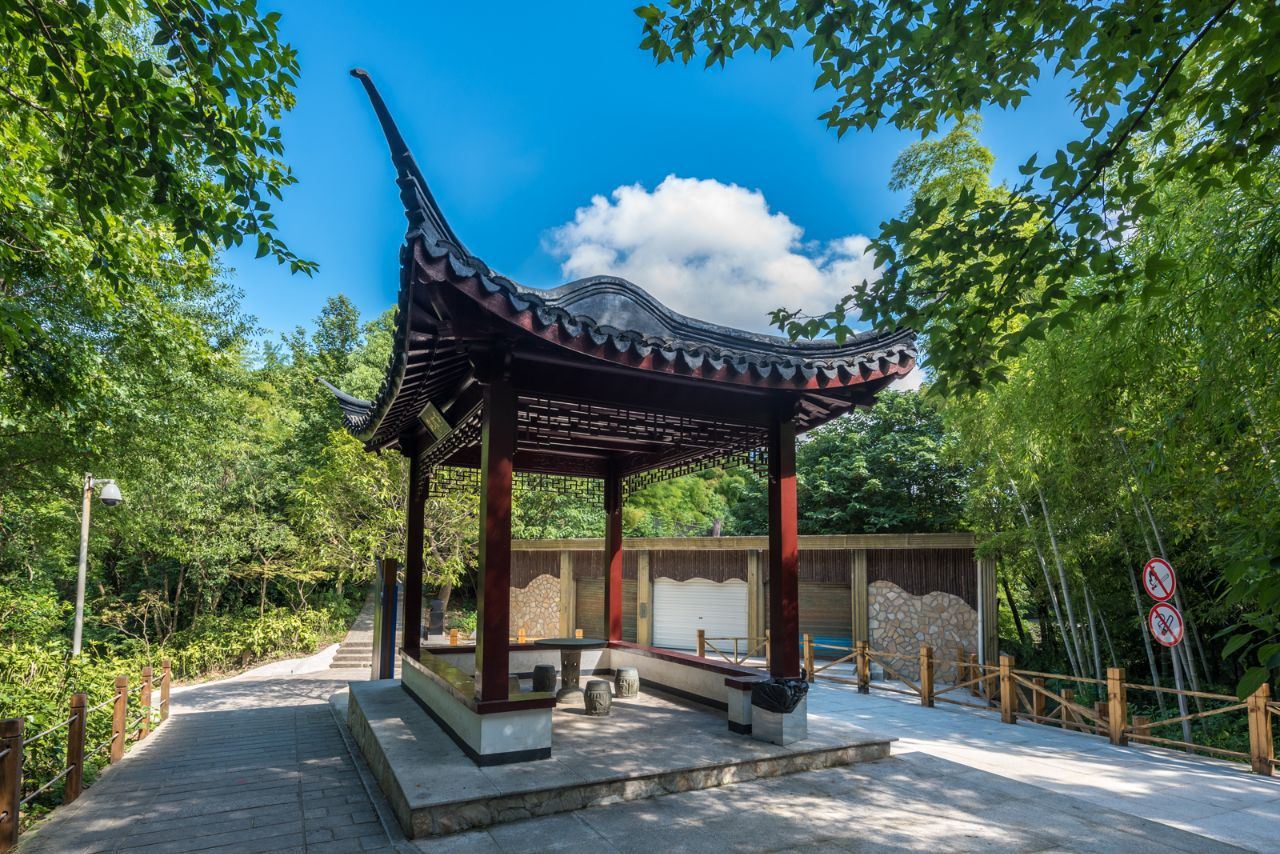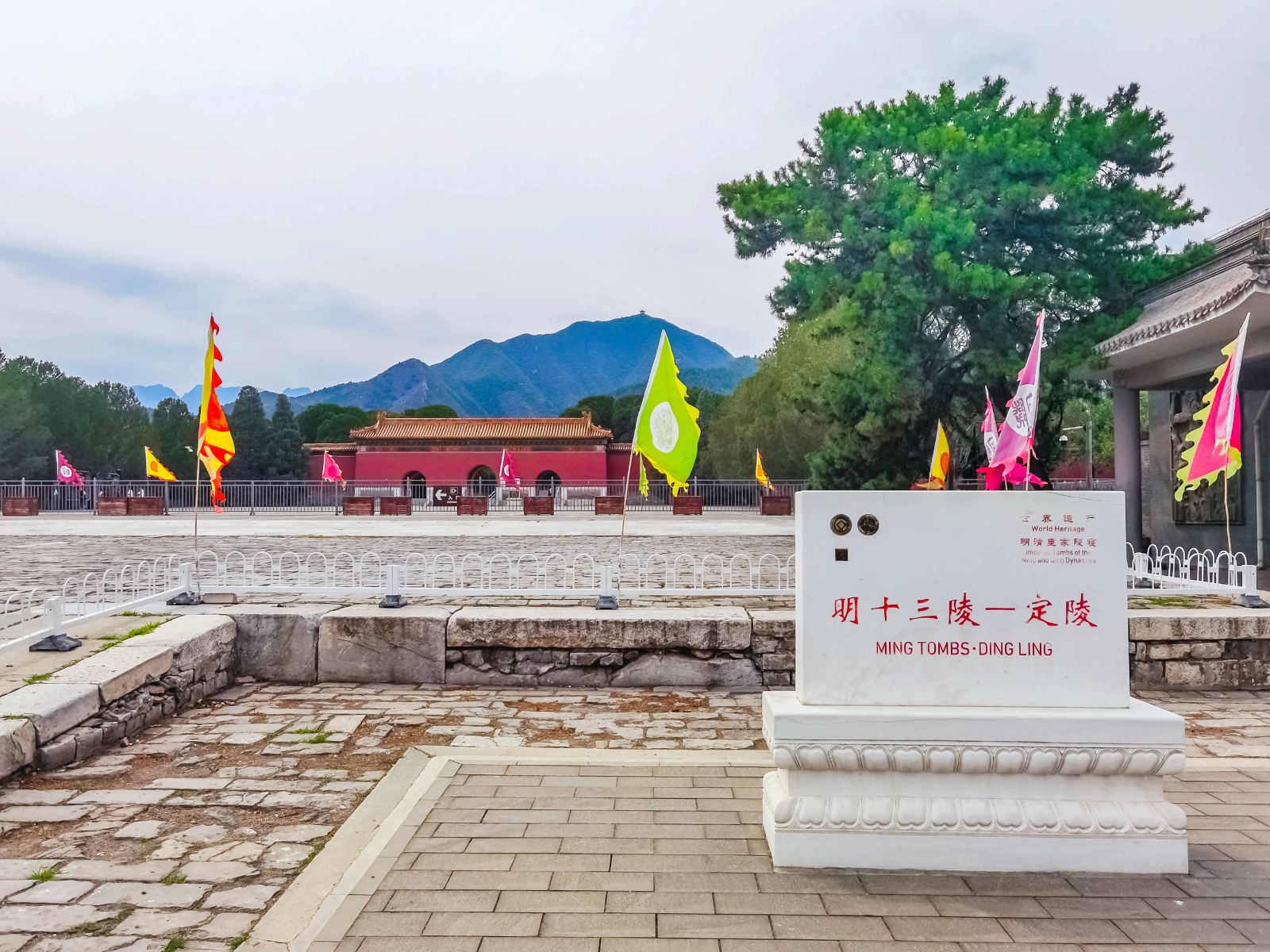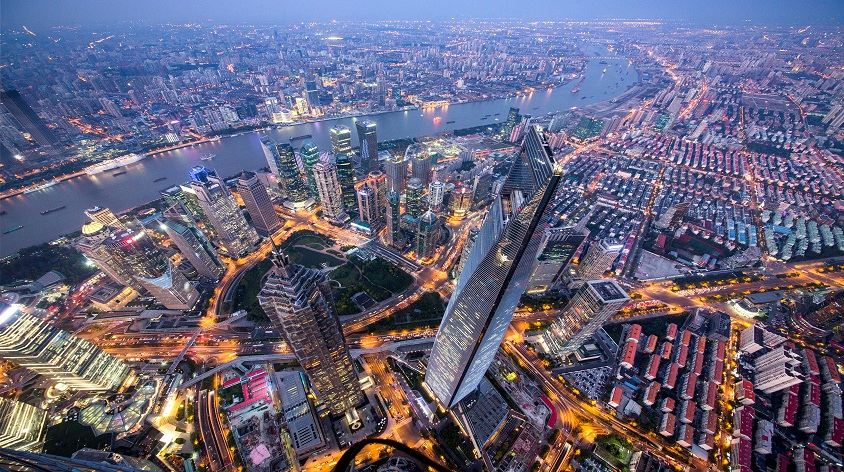Chongqing Baidi City-Qutang Gorge Scenic Spot
- Province/Area:ChongQing
- Address:Baidi Township, Fengjie County, Chongqing
- Distance from the city center:100km
- Open time(Beijing time)08:30-19:00 open£¨17:30 last admission£©
- Ticket price: 95 CNY
- Tel:86-023-85991001
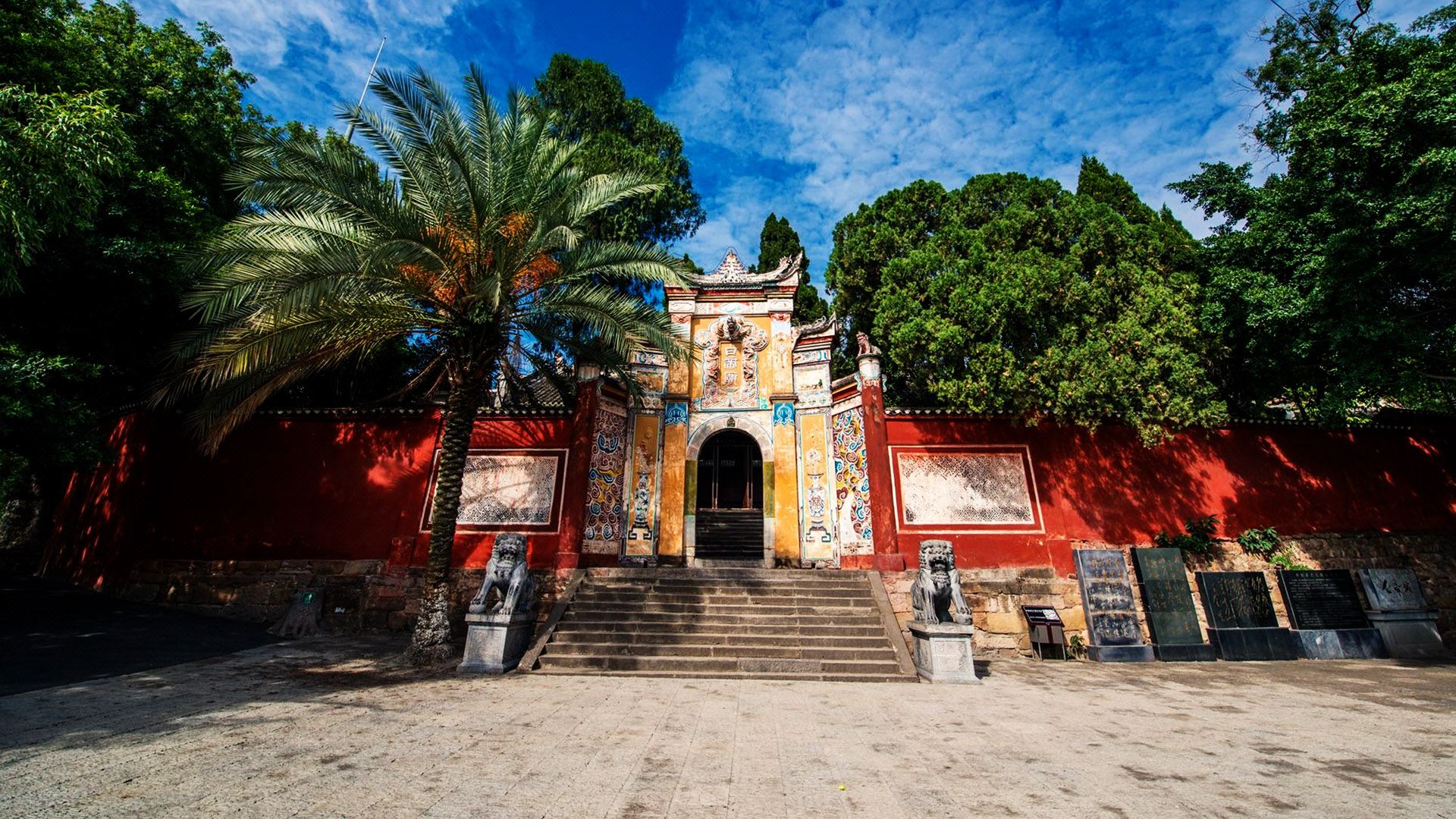
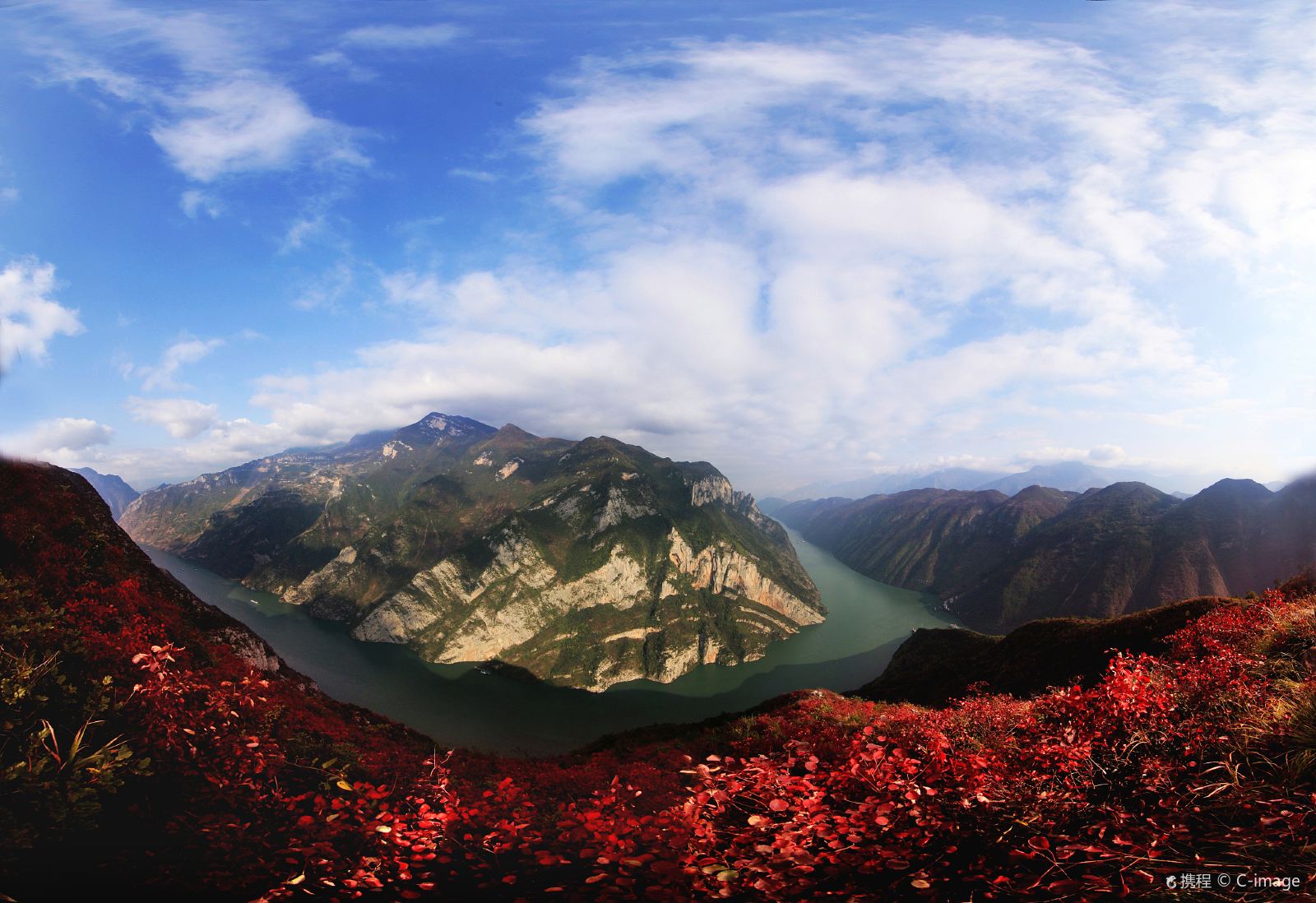
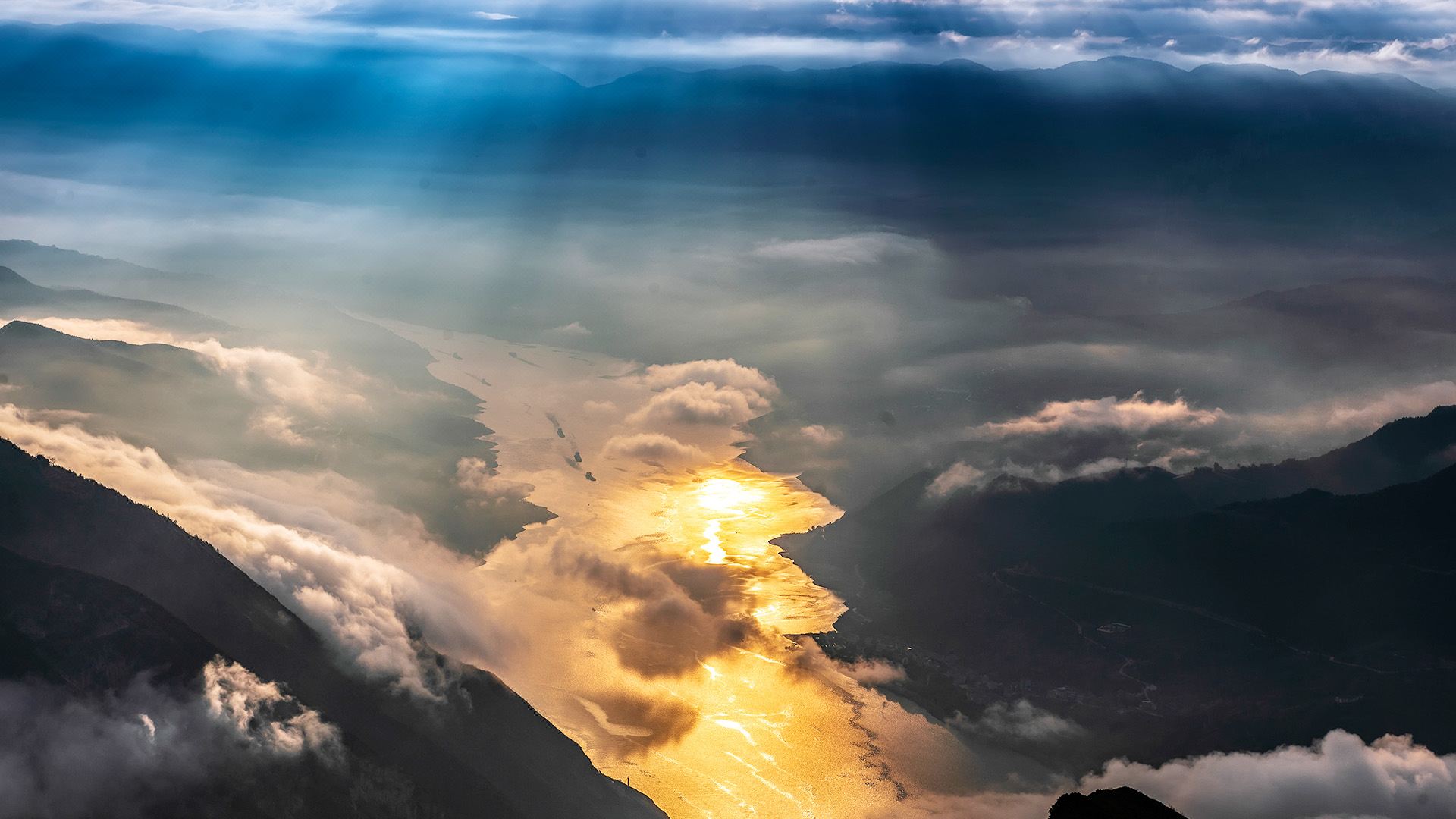
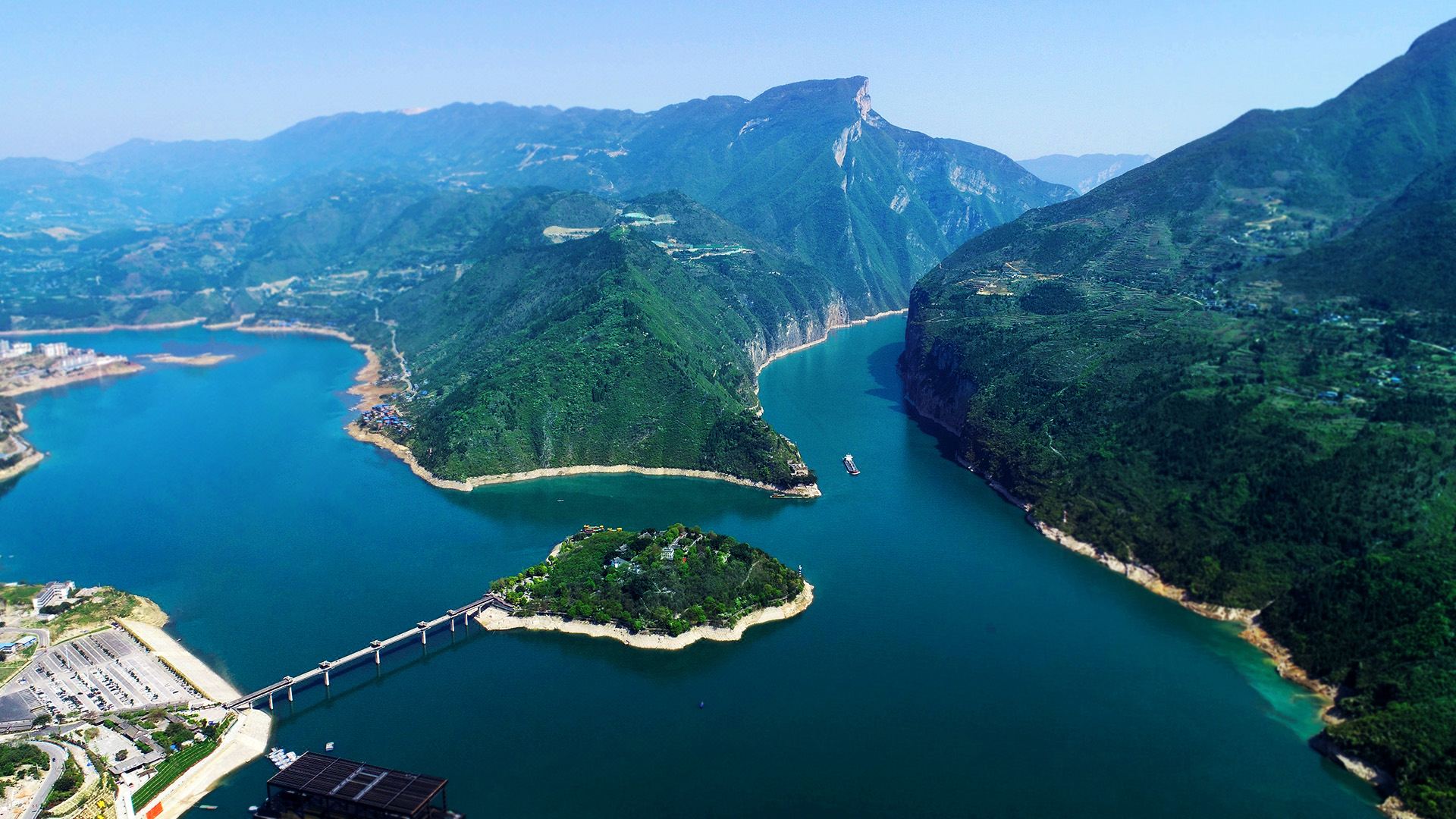
The Baidi City and Qutang Gorge Scenic Area is located in Fengjie County, Chongqing Cityon the north bank of the Yangtze River at the mouth of the Qutang Gorge. It is located at the western entrance to the Three Gorges of the Yangtze River, facing Kui Men to the east, across the river from Baiyan Mountain to the south, adjacent to Fengjie County to the west, and leaning against Jigong Mountain to the north, more than 10 kilometers east of Fengjie County.The scenic area covers an area of 6 square kilometers and is mainly composed of two major scenic spots: Baidi City and Qutang Gorge. There are many famous attractions and historical sites, blending nature and culture, poetic beauty and the traces of war. It is the starting point for enjoying the magnificent beauty of the Three Gorges of the Yangtze River. In 1978, the Baidi City Scenic Area was officially opened to the public, and it was one of the first scenic spots in the country to open to the public.
Baidi City was formerly known as Ziyang City. At the end of the Western Han Dynasty, Gongsun Shu built a city on the strategic location and named it Baidi City in 25 AD.In 36 AD, the White Emperor Temple was built on Baidi Mountain to worship Gongsun Shu.In the twelfth year of the Jiajing reign (1533), the temple was dedicated to Liu Bei and Zhuge Liang.During the Tang and Song dynasties, poets and writers such as Li Bai, Du Fu, Bai Juyi and Liu Yuxi travelled, lived or worked here as officials, leaving behind a large number of immortal poems, which is why it is also known as the “City of Poetry”.After the Three Gorges Project impounded the water, the water level rose to 175 meters. Baidi City, surrounded by water on all sides, has become a “green island” in the “high gorges and flat lakes”.
Qutang Gorge is adjacent to Baidi City, with a total length of 8 kilometers. It is a short, narrow and dangerous gorge in the Three Gorges, combining the elements of grandeur, strangeness, danger and steepness.Within Qutang Gorge, on the northern bank of Chijia Mountain are the cultural relics of Laoguanmiao, Daxi, and the Wushan Ape Man Site, as well as attractions such as the Laoguanmiao Signal Tower, Chijia Tower, ancient fortresses, ancient plank roads, and Fengxiangxia Hanging Coffins. On the southern bank of Baiyan Mountain are the Mengliang Ladder Ancient Plank Road Ruins, cliff carvings, the Rhinoceros Moon Viewing Peak, and Ape Man Peak, among other attractions, condensing 2 million years of human development in China.
The Qutang Gorge scenic area is home to the magnificent Kui Gate, also known as Qutang Pass, which is located at the western entrance to the Qutang Gorge. It controls Bashu in the west andcontrolling Jingchu to the east, it has been a strategic location since ancient times. The riverbank is dominated by two mountains facing each other, with cliffs that are steep, axe-hewn and knife-sharp, rising up vertically and running the length of the river. A narrow strip of sky opens up between them, with the Qutang Gorge opening up before them, the valley locking up the river. This is Kuimen.Kuimen is famous for its majestic and spectacular scenery. In ancient times, it had the reputation of “Kuimen being the most magnificent in the world”, and today it enjoys the beautiful name of “the gateway to China’s mountains and waters”. It is the background pattern on the fifth set of 10 yuan bills.

Related posts

